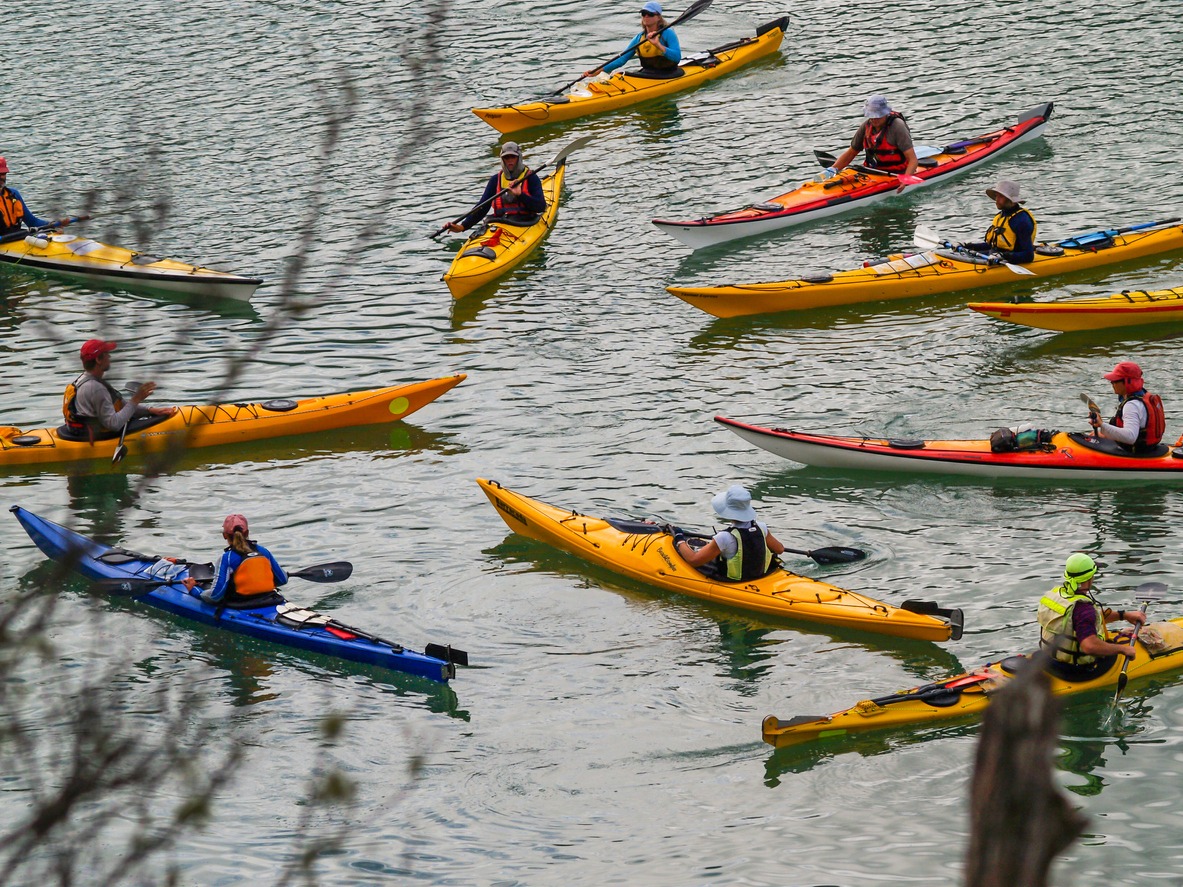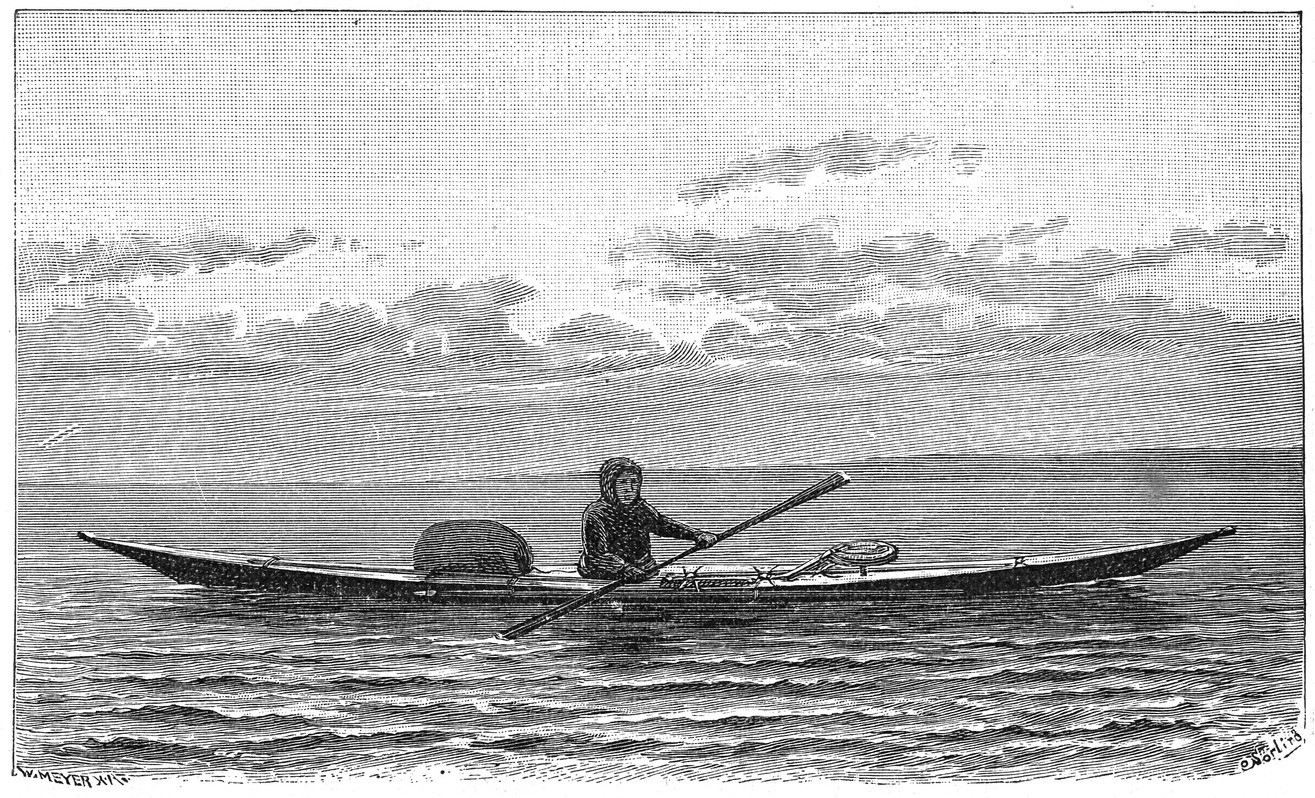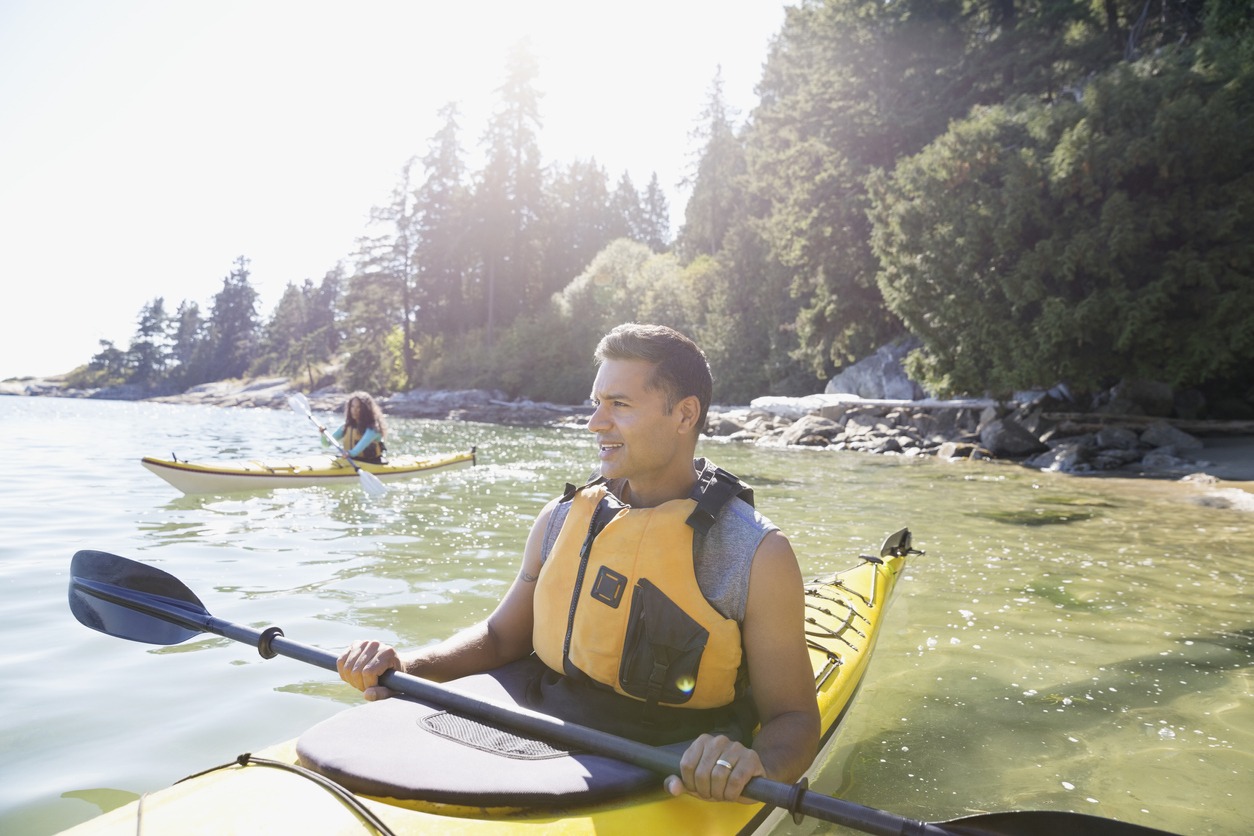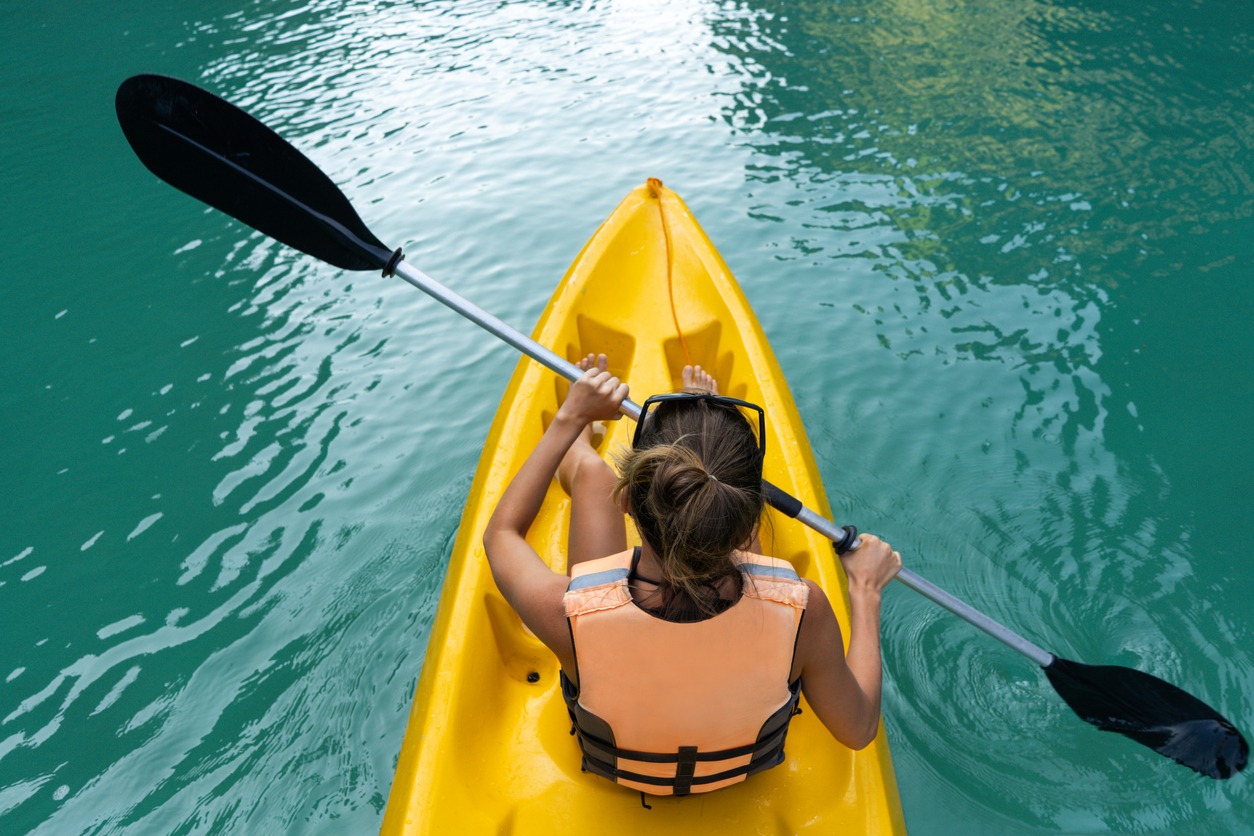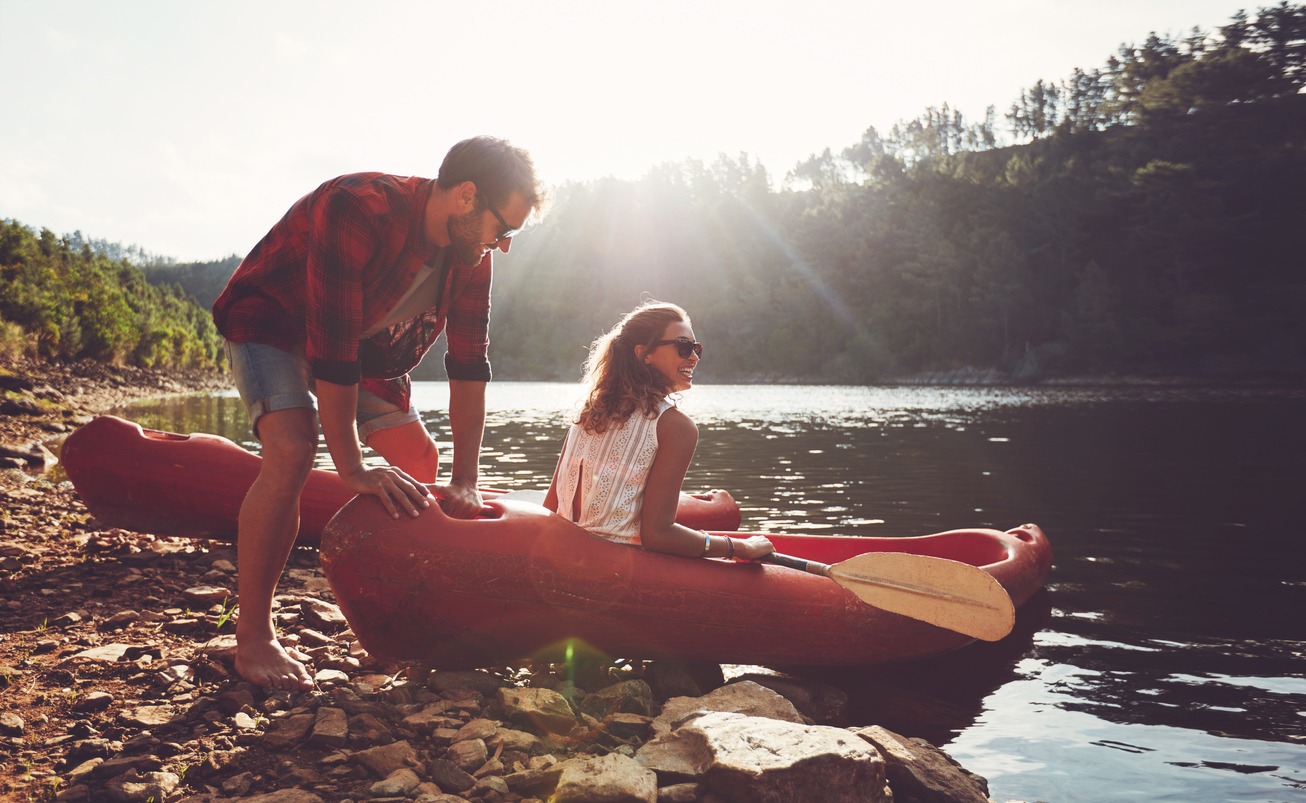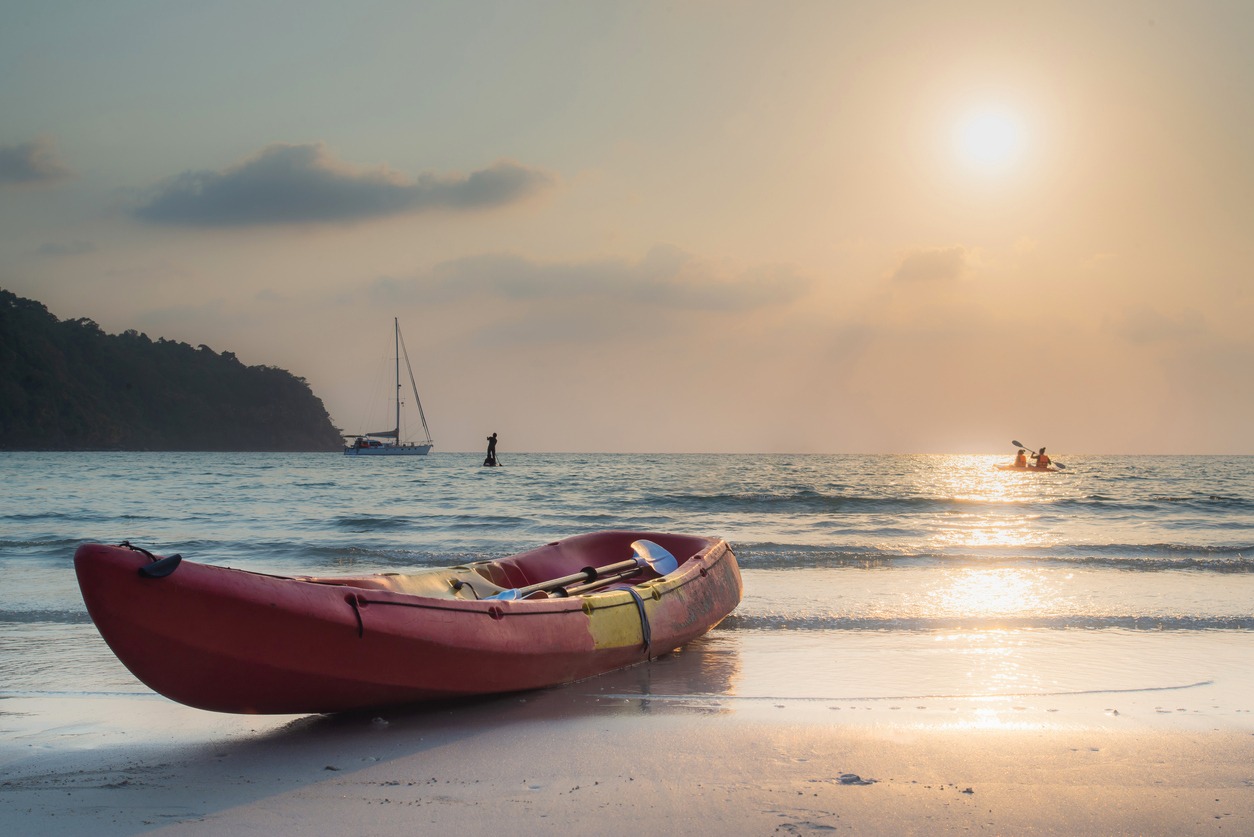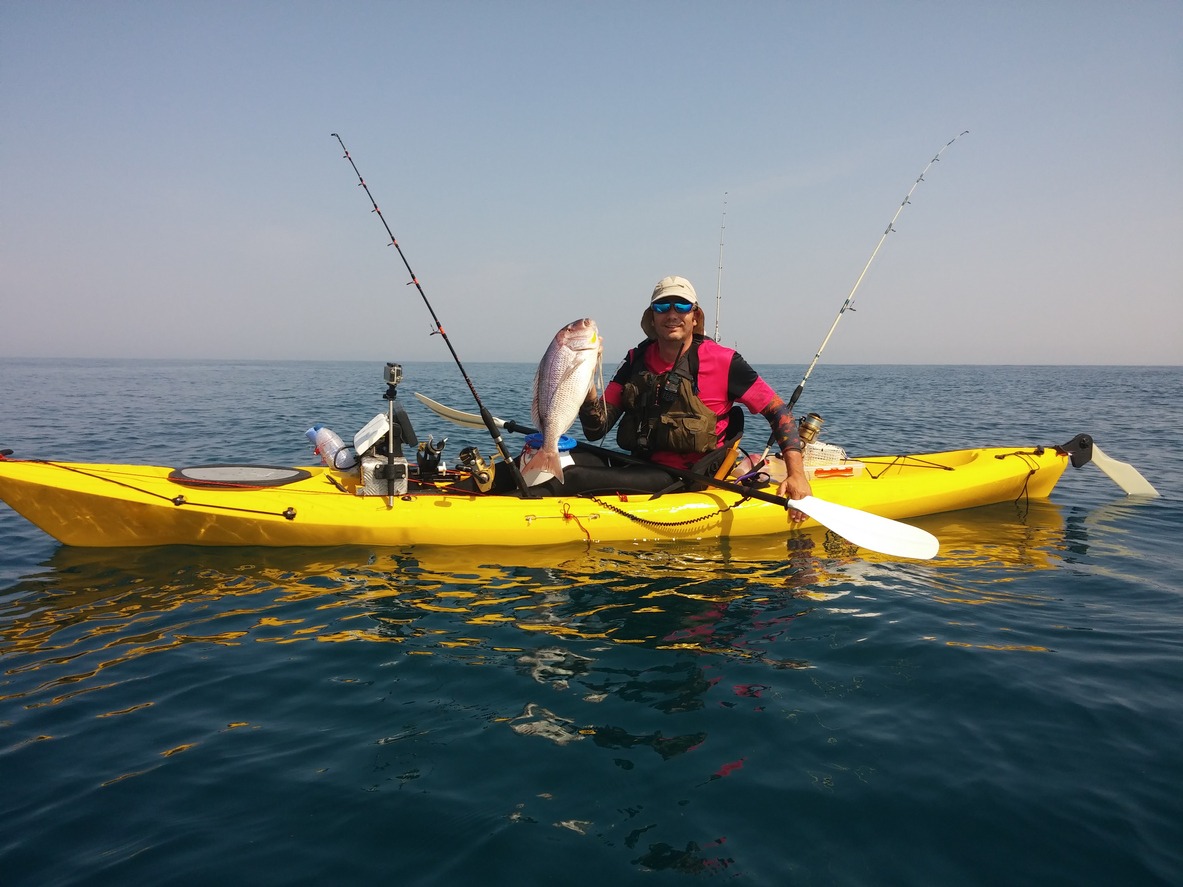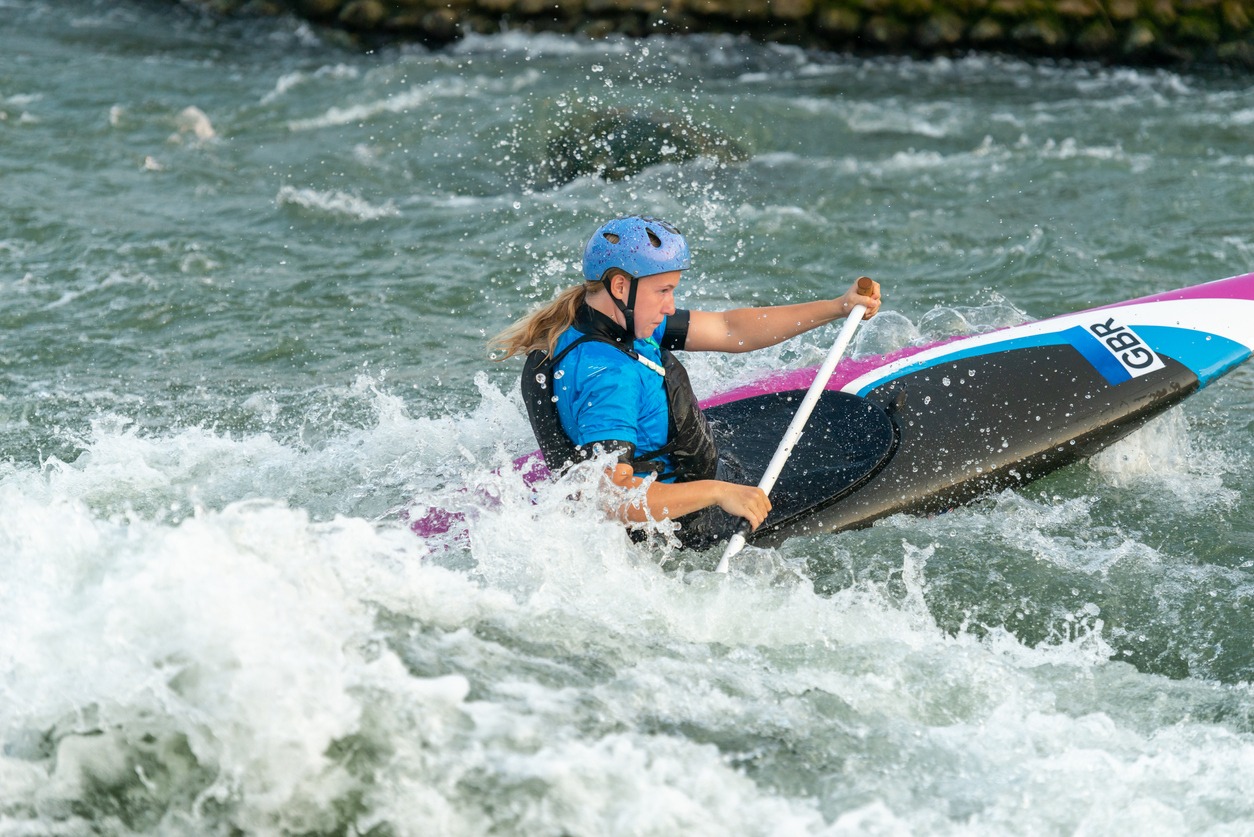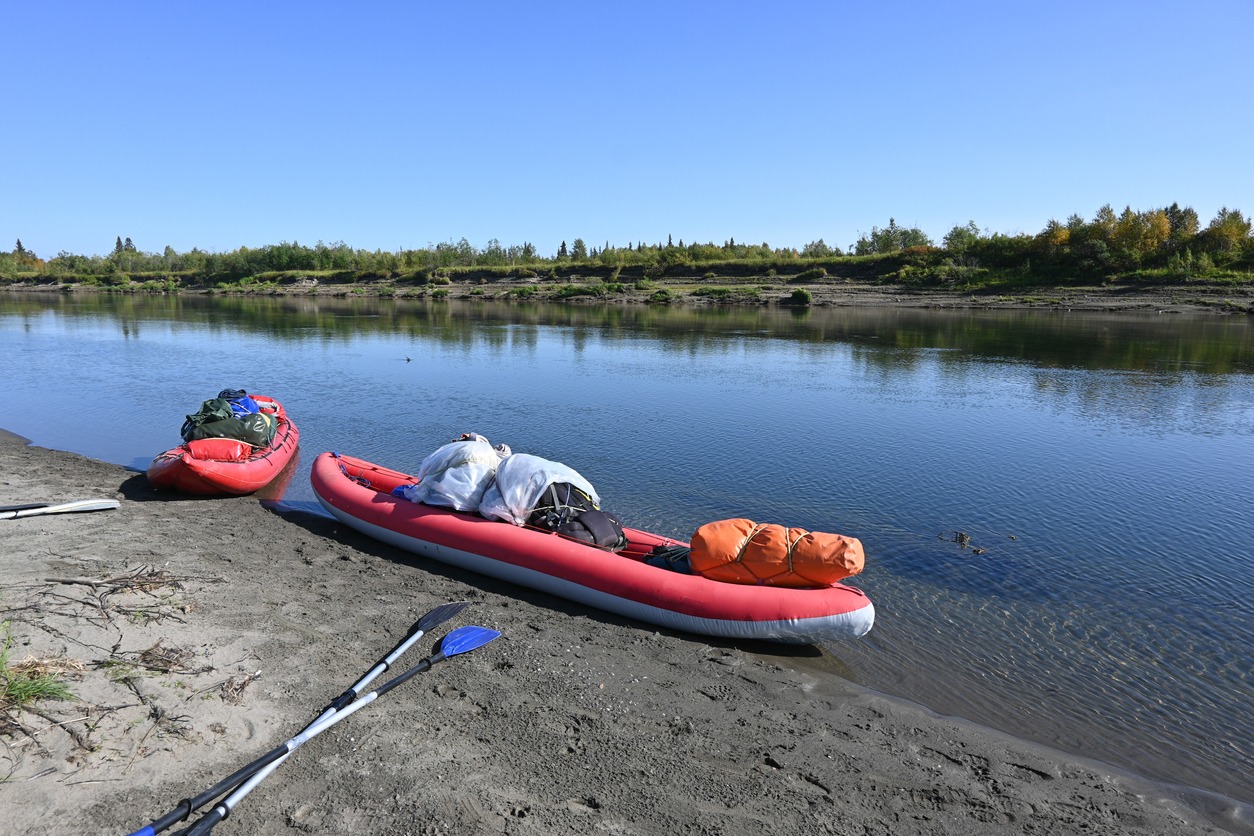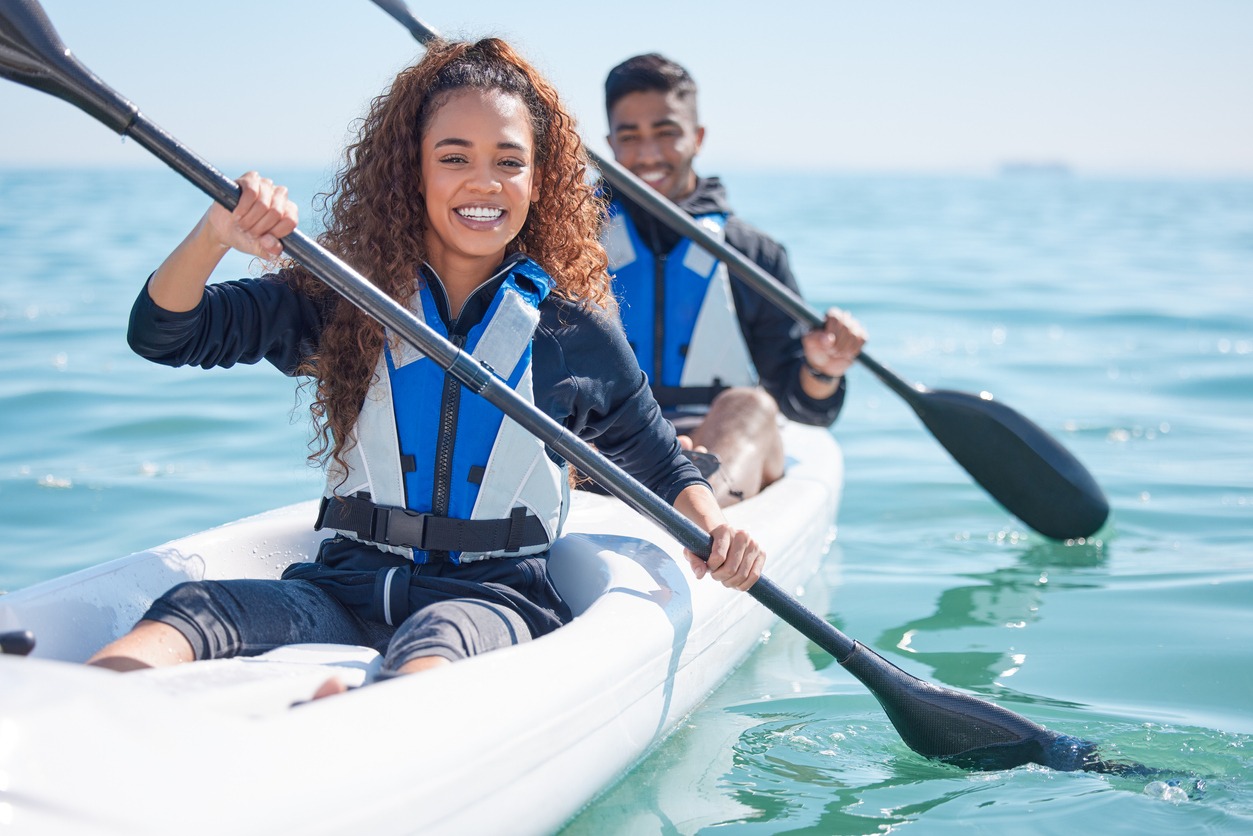Kayaks were around at least 4,000 years ago, long before it has been part of the Olympics. History says that the creators of kayaks were the Inuit and Aleut tribes, who occupied the areas in Alaska, Greenland, Northeast Russia, and the upper parts of Canada. They built kayaks from fallen tree trunks, driftwood, or even whale bones as frames and wrapped them with animal skin. Then they coat them with whale oil to make them waterproof.
Kayak means man boat or hunting boat. They used them mainly for transport across waters and hunting sea animals. Some kayaks were slim enough to maneuver narrow areas, while others were wide enough to navigate smoothly on seawater. They made their kayaks sturdy to withstand water conditions, especially during strong winds and waves.
These Eskimos uniquely made their kayaks according to their sizes and needs. They wrapped their kayaks with a white cloth to camouflage the ice when hunting, so they won’t be noticed by the animal. For the Eskimos, their kayaks were significant to them. They considered their kayaks an extension of themselves, not just a means of transportation to go across waters.
The Discovery of Kayaks
It was not until the 1800s that the Europeans, French, and Germans became aware of the kayaks. And they used kayaks for fitness and sports. They discovered that kayaks were not only a vehicle that could get you from one location to another, but they could also be a vessel for fun and exciting water activity.
It was in 1936, during the Berlin Olympics, the world experienced and saw the kayak exhibition. It was their way of introducing and boosting the popularity of kayaking. It was also then that kayaking was accepted and recognized as a sport.
The Evolution of Kayaks
In the 1950s, the structure of kayaks started to evolve in terms of shape and materials used. A manufacturer called Valley Products used fiberglass and carbon fiber as materials for kayaks. These materials made the kayaks lightweight and sturdy.
During the 1980s, polyethylene plastics became the primary material used for kayaks. The evolution continued through the years, and manufacturers made a variety of kayaks. These days, companies make kayaks according to their purpose.
Types of Kayaks Based on Their Designs
Sit-In Kayaks
Sit-in kayaks offer warmth and dryness, especially when paddling on cold waters. Your legs and toes are within a hull, keeping the water out. Most paddlers prefer sit-in kayaks because of their sitting position, which makes them easy to control.
However, sit-in kayaks are less stable. When you capsize, getting out of it could be challenging. If you prefer this kayak, make sure to know how to ride safely.
Sit-On Kayaks
Sit-on kayaks are perfect for beginners. They are stable and do not easily tip. And if you happen to capsize, it would be easy to get off the kayak. They are built-in with holes that would drain the water.
When paddling in a sit-on kayak, expect to get wet. Unlike sit-in kayaks, sit-on kayaks do not provide dryness. They are ideal during warm weather and during summer water activities.
Types of Kayaks Based on Their Functions
Recreational Kayaks
Recreational kayaks have wide hulls and are short in size. They are no hassle in going into and out of the kayak. They are also comfortable, stable, and easy to maneuver.
Recreational kayaks are stable and difficult to capsize. They are best for calm waters and short-time kayaking. And they are perfect for beginners and those who are starting to enjoy kayaking.
Touring Kayaks
Touring kayaks are narrow, sleek, and at least 12 feet long. They are suitable for fast and long-distance travel. And because of their design, they are easy to overturn if you tip.
Touring kayaks are suitable for both calm waters and sea waters. And they are perfect for intermediate and advanced paddlers.
Fishing Kayaks
Fishing kayaks are best for individuals who are fishing enthusiasts. They offer features like fishing rod holders, extra room for storing your fishing gear and stuff, a pedal propulsion system, and a mount for your electrical gadgets. They are wide and short in size, which makes them easy to transport and store.
Fishing kayaks are stable, and users can stand on them while fishing. A person who loves fishing will surely enjoy this kayak. However, it can only accommodate one person.
Whitewater Kayak
Whitewater kayaks are perfect for rapid waters and rocky courses. Manufacturers made these kayaks with durable plastics to withstand obstacles when paddling in intense water activity.
There are three types of whitewater kayaks – creek boats, river runners, and playboats. The size and weight of each kayak depend on what water you’re paddling on. Before purchasing a whitewater kayak, you should know what type of rapids you plan to do.
Inflatable Kayaks
Inflatable kayaks provide convenience if you have limited space to store them. They are also easy to transport. They can accommodate two to three persons depending on the design. They are wide, making them stable. However, they are not durable compared to kayaks with hard shells.
Inflatable kayaks are suitable for beginners and occasional kayakers. And they are also comfortable to paddle in flat waters with minimal wind.
Tandem Kayaks
Tandem kayaks are ideal for people who love kayaking with a partner. They are also great for beginners learning kayaking with an experienced partner. They are suitable for calm waters like ponds and lakes.
However, tandem kayaks are heavy than regular kayaks that can hold a single passenger, making them difficult to transport and store.
In conclusion, kayaks were once a significant vehicle for ancient people called the Eskimos. They were a part of them, not just a vessel to travel and hunt for food. The Eskimos built their kayaks based on their needs.
Kayaks were known and used in fitness and sports during the 1800s by Europeans. And from then on, the designs and uses of kayaks have evolved. To this day, manufacturers have designed and built different types of kayaks. They made them based on their various purposes and water activities.
What was once a watercraft for hunting and transportation to the Eskimos is now a fun and enjoyable water activity for the people who love kayaking. People will never forget the history of kayaks because we are enjoying the precious heritage handed to us by the Eskimos.
